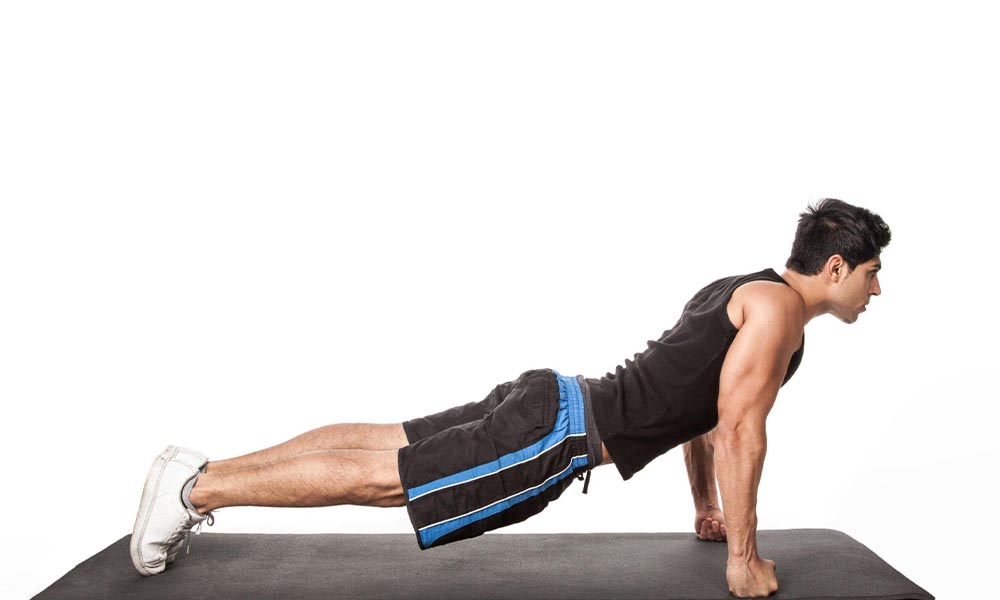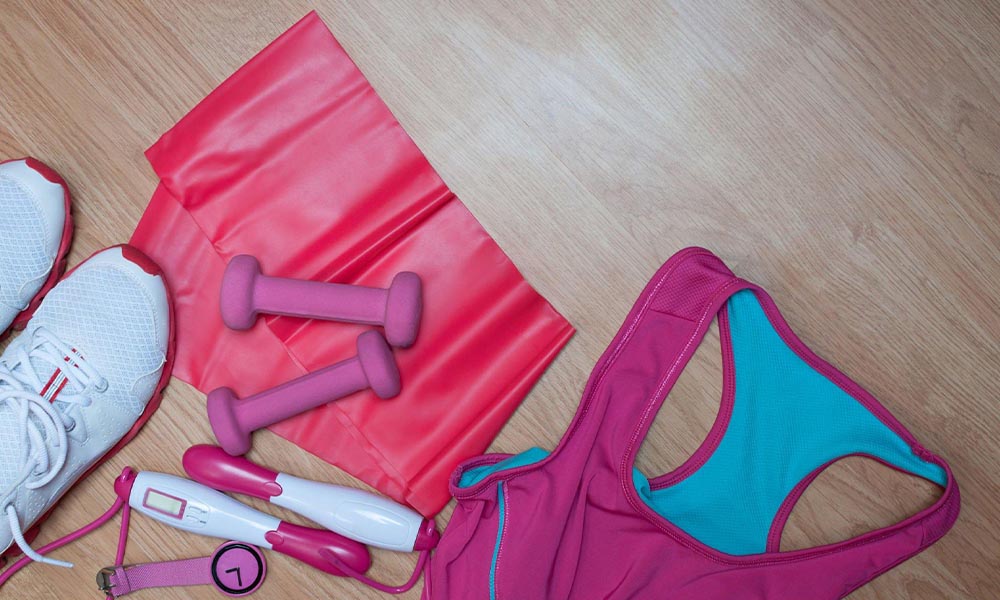The Turkish Get-Up exercise is a unique and challenging movement that has been around for centuries. It originated in Turkey and was traditionally used as a way to develop strength, stability, and coordination. It involves transitioning from a lying down position to standing up, all while holding a kettlebell or dumbbell above your head. The Turkish Get-Up is a full-body exercise that engages multiple muscle groups, including the core, glutes, shoulders, and hips.
This exercise requires a combination of strength, balance, and body awareness. It challenges your proprioception, which is your ability to sense the position and movement of your body. By incorporating the Turkish Get-Up into your workout routine, you can improve your overall strength, stability, and coordination.
Table of Contents
ToggleHistory and origin of the Turkish Get Up exercise

The Turkish Get-Up has a rich history that dates back centuries. It was originally developed in Turkey as a way to train soldiers and wrestlers. The exercise was seen as a way to build strength, stability, and coordination, which were essential for combat and athletic performance.
The Turkish Get-Up was not only used as a training tool but also as a demonstration of strength and skill. It was often performed in front of an audience to showcase the physical abilities of the individual. Over time, the exercise gained popularity outside of Turkey and became a staple in strength and conditioning programs around the world.
Benefits of incorporating the Turkish Get Up into your workout routine
Incorporating the Turkish Get-Up into your workout routine can have numerous benefits for your overall fitness and well-being. Here are some of the key advantages of performing this exercise:
- Strength development: The Turkish Get-Up engages multiple muscle groups, including the core, glutes, shoulders, and hips. By performing this exercise regularly, you can increase your overall strength and power.
- Stability and balance improvement: The Turkish Get-Up requires you to maintain stability and balance throughout the movement. By practicing this exercise, you can improve your proprioception and develop better balance and body control.
- Functional movement training: The Turkish Get-Up mimics real-life movements, making it a functional exercise. It involves transitions from lying down to standing up, which are movements we perform daily. By training with this exercise, you can improve your ability to perform everyday activities with ease.
- Core strength and stability: The Turkish Get-Up heavily engages the core muscles throughout the movement. By keeping your core engaged and stable, you can develop a strong and resilient midsection.
- Coordination and body awareness: The Turkish Get-Up requires precise movements and body awareness. By practicing this exercise, you can enhance your coordination and body control.
- Time-efficient workout: The Turkish Get-Up is a compound exercise that works multiple muscle groups simultaneously. This makes it a time-efficient choice for those looking to maximize their workout in a limited amount of time.
Step-by-step guide to performing the Turkish Get Up
Performing the Turkish Get-Up may seem complex at first, but with practice, it can become a smooth and fluid movement. Here is a step-by-step guide to help you perform the Turkish Get-Up correctly:
- Starting position: Lie down on your back with a kettlebell or dumbbell in one hand. Extend the same-side arm towards the ceiling, keeping your eyes on the weight.
- Rolling to the side: Bend your knee on the same side as the weight and roll onto your side. Use your free arm to prop yourself up onto your forearm.
- Transitioning to the elbow: Push off with your forearm to raise your upper body off the ground. Keep your eyes on the weight as you transition onto your opposite elbow.
- Bridging position: From the elbow position, lift your hips off the ground, coming into a bridge position. Extend your bottom leg and keep your eyes on the weight.
- Sweeping the leg: While keeping your hips lifted, slide your bottom leg back, positioning your knee down on the ground. Your weight should be supported by your extended arm and bridged hip.
- Lunging position: Push off with your extended arm and bring your back leg forward, coming into a lunge position. Keep your eyes on the weight throughout the movement.
- Standing up: From the lunge position, push off with your front foot and stand up, maintaining a stable and upright posture. Your arm should be fully extended above your head.
- Reversing the movement: To return to the starting position, reverse the steps in a controlled manner, carefully lowering yourself back down to the ground.
Remember to start with a light weight and focus on mastering the technique before progressing to heavier loads. It’s essential to maintain proper form and control throughout the entire movement.
Common mistakes to avoid when doing the Turkish Get Up

While the Turkish Get-Up is a highly effective exercise, there are some common mistakes that people often make. By being aware of these mistakes, you can ensure that you are performing the exercise correctly and maximizing its benefits. Here are some common mistakes to avoid:
- Lack of stability: The Turkish Get-Up requires stability throughout the entire movement. Avoid rushing through the exercise and focus on maintaining control and stability at each step.
- Poor alignment: It’s crucial to maintain proper alignment throughout the movement. Keep your shoulders packed, core engaged, and hips level to avoid excessive strain on your joints.
- Neglecting the core: The Turkish Get-Up heavily engages the core muscles. Be mindful of keeping your core engaged throughout the exercise to maximize its benefits.
- Using too much weight: Start with a light weight and gradually increase the load as your technique and strength improve. Using too much weight can compromise your form and increase the risk of injury.
- Lack of body awareness: The Turkish Get-Up requires precise movements and body awareness. Pay attention to your body positioning and focus on executing each step with control and intention.
By avoiding these common mistakes, you can perform the Turkish Get-Up safely and effectively.
Tips for increasing the difficulty and intensity of the Turkish Get Up
Once you have mastered the basic technique of the Turkish Get-Up, you can start incorporating variations and modifications to increase the difficulty and intensity of the exercise. Here are some tips to challenge yourself:
- Increase the weight: Gradually increase the weight of the kettlebell or dumbbell to challenge your strength. However, always prioritize proper form and control over the amount of weight you are lifting.
- Slow down the tempo: Perform the Turkish Get-Up at a slower pace to increase the time under tension and challenge your muscles. Focus on maintaining control and stability throughout each step.
- Add pauses: Incorporate pauses at different positions during the movement to increase the challenge. For example, pause in the bridge position or in the lunge position before standing up.
- Perform unilateral variations: Instead of using both arms, perform the Turkish Get-Up with just one arm. This will further challenge your stability and core strength.
- Combine with other exercises: Incorporate the Turkish Get-Up into a circuit or superset with other exercises to create a more challenging and dynamic workout.
Remember to listen to your body and progress at a pace that feels comfortable for you. It’s important to challenge yourself, but not at the expense of proper form and safety.
Variations and modifications of the Turkish Get Up for different fitness levels
The Turkish Get-Up can be modified and adapted to suit different fitness levels and abilities. Whether you are a beginner or an advanced athlete, there are variations of the exercise that can challenge and benefit you. Here are some variations and modifications of the Turkish Get-Up:
- Partial Turkish Get-Up: Start with a partial Turkish Get-Up, where you only perform a portion of the movement. This can be a great option for beginners or those with limited mobility.
- Assisted Turkish Get-Up: Use a resistance band or a partner to assist you during the movement. This can provide extra support and stability as you learn the technique.
- Single-arm Turkish Get-Up: Perform the exercise with just one arm instead of both. This variation increases the challenge on your stability and core strength.
- Bottoms-up Turkish Get-Up: Hold the kettlebell or dumbbell upside down, with the bottom of the weight facing up. This variation requires additional grip strength and stability.
- Loaded Turkish Get-Up: Hold a weight plate or sandbag on your chest or shoulders while performing the Turkish Get-Up. This adds an extra challenge to your core and upper body.
Experiment with different variations and modifications to find what works best for you. Remember to start with lighter loads and gradually progress as your strength and technique improve.
Equipment needed for the Turkish Get Up exercise

The Turkish Get-Up requires minimal equipment, making it accessible for most individuals. Here is the equipment you will need to perform the exercise:
- Kettlebell or dumbbell: Choose a weight that is challenging but allows you to maintain proper form and control throughout the movement. Start with a lighter weight if you are new to the exercise and gradually increase as you become more comfortable.
- Exercise mat: A mat or a soft surface can provide extra comfort and support when performing the Turkish Get-Up. It can also help prevent slipping during the movement.
- Optional equipment: Depending on your preferences, you may choose to use additional equipment such as resistance bands for assistance or weight plates for added challenge.
Ensure that your equipment is in good condition and properly maintained to ensure safety and effectiveness during your workouts.
Safety considerations and precautions when doing the Turkish Get Up
While the Turkish Get-Up is a beneficial exercise, it’s important to prioritize safety and proper form. Here are some safety considerations and precautions to keep in mind:
- Start with proper technique: Before adding weight or increasing the difficulty, focus on mastering the technique of the Turkish Get-Up. This will help prevent injuries and ensure optimal benefits.
- Warm-up: Always warm up your body before performing the Turkish Get-Up. This can include dynamic stretches, mobility exercises, and light cardio to prepare your muscles and joints.
- Listen to your body: Pay attention to any pain or discomfort during the exercise. If something doesn’t feel right, stop and assess your form or seek guidance from a qualified fitness professional.
- Progress gradually: Gradually increase the weight and difficulty of the Turkish Get-Up as your strength and technique improve. Avoid progressing too quickly, as this can increase the risk of injury.
- Modify as needed: If you have any pre-existing injuries or limitations, modify the exercise to suit your needs. This may involve using lighter weights, performing partial movements, or seeking alternative exercises.
- Stay hydrated: Drink plenty of water before, during, and after your workouts to stay properly hydrated.
- Consult a professional: If you are new to the Turkish Get-Up or have any concerns about your ability to perform the exercise safely, consult a qualified fitness professional for guidance and instruction.
By following these safety considerations and precautions, you can minimize the risk of injury and maximize the benefits of the Turkish Get-Up.
Frequently Asked Questions
What is the Turkish Get Up exercise?
The Turkish Get Up is a full-body functional exercise that originated from Turkish wrestling. It involves transitioning from a lying position to standing while holding a weight overhead.
What muscles does the Turkish Get Up work?
This exercise engages multiple muscle groups, including the core, shoulders, chest, back, hips, and legs. It promotes overall strength and stability.
What equipment do I need to perform the Turkish Get Up?
You will need a kettlebell, dumbbell, or other weighted object to perform this exercise. The weight should be chosen based on your fitness level and goals.
Is the Turkish Get Up suitable for beginners?
While the Turkish Get Up can be challenging, it can be adapted for beginners by using a lighter weight or even just bodyweight. It’s essential to start with proper form and gradually increase the weight as you become more comfortable.
Are there any variations of the Turkish Get Up exercise?
Yes, there are variations of the Turkish Get Up, including the half get-up and the loaded get-up. These can be used to progress or modify the exercise based on your fitness level.
Conclusion
The Turkish Get-Up is a highly effective exercise that offers numerous benefits for your overall fitness and well-being. By incorporating this full-body movement into your workout routine, you can develop strength, stability, coordination, and core strength.
Whether you are a seasoned athlete or just starting your fitness journey, the Turkish Get-Up can be adapted to suit your fitness level and goals. Start with proper technique, gradually increase the weight and difficulty, and listen to your body throughout the process.
Remember to prioritize safety, proper form, and progression. If you have any concerns or questions, consult a qualified fitness professional for guidance.
So, grab your kettlebell, find some space, and get ready to challenge yourself with the Turkish Get-Up. It’s time to spice up your workout routine and unlock the benefits of this dynamic and functional exercise.


